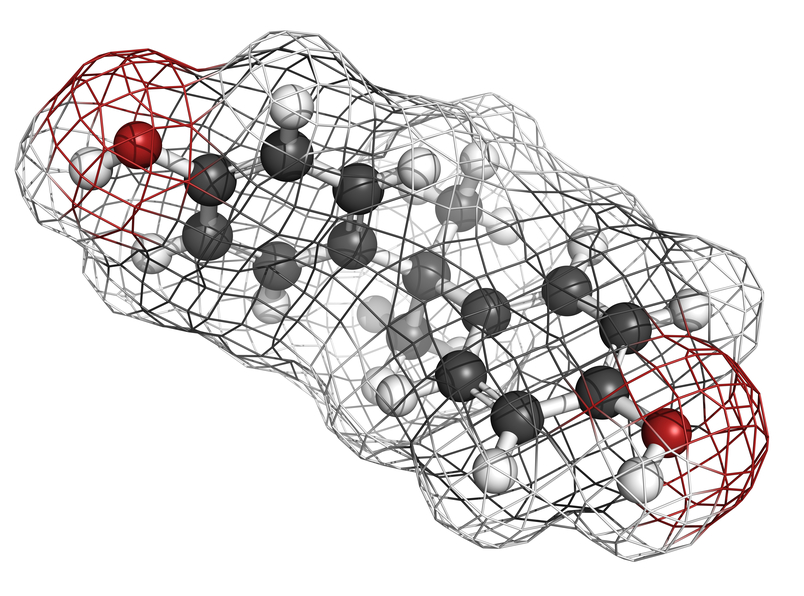
BPA is an acronym that stands for bisphenol A, and is an industrial chemical that has been used to make plastics since the 1960s. It’s often found in plastic containers that are used to store food and water, as well as the inside coating of food cans. Recently, some studies have pointed to the potential for BPA to “leech” into food products stored in these containers. On top of that, concerns have emerged over a possible link between adverse health effects and the presence of BPA in food or beverages. As a result, some companies and governments are working to eliminate BPA from food packaging.
Keep reading to discover how and why EU leaders are pushing for more serious inquiries into BPA, and what it might mean for your career in food quality control.
Why is BPA Bad? Food Quality Control Experts Point out BPA’s Health Effects
According to a recent meta-study which included the findings of 20 leading scientists in the field of health research, it’s likely, but not yet proven, that BPA leads to a host of adverse health effects like obesity, various cancers, ADHD, diabetes, and problems with fertility. BPA could also cause damage to the brain and behavior of fetuses, infants, and children, as well as negatively affect blood pressure. Gail Prins, a physiologist at the University of Illinois at Chicago, maintains that “There’s too much data consistent across studies…time and time again…to ignore it and suggest BPA has no effect on humans.”
As these serious new concerns over food quality control have arisen, leaders in the EU have recently begun pushing for a more serious BPA ban.
The History of BPA for Food Quality Control Students
One reason for the continuous use of BPA may be due to how lucrative of a business it is. In 2012 there were about 10 billion pounds of BPA produced, with a market value of about $13 billion USD and the market is expected to balloon to $20.03 billion USD by 2020.
Known as a polycarbonate resin, BPA was first synthesized in 1891 but it wasn’t until the 1960s that food quality control experts at the U.S. Food and Drug Administration (FDA) first approved the use of BPA for food packaging. In the 1990s, scientist David Feldman discovered that the BPA leeched an ‘estrogenic molecule’ that possibly had negative health effects. Since then, food quality control professionals have been keeping a close eye on any new studies about the health risks of BPA.

The BPA molecule, pictured above, was first discovered to ‘leech’ by scientist David Feldman
Enrolling in quality control training courses could put you in a position to one day work alongside scientists, researchers, or government agencies that similarly test foods and food products to ensure that they are safe for human consumption.
Those in Food Quality Control Have Begun Banning BPA
Although Health Canada still maintains that “the current dietary exposure to BPA through food packaging uses is not expected to pose a health risk to the general population, including newborns and infants,” it has taken steps to help limit the use of BPA in certain products. So far, it has banned the use of BPA in baby bottles.
Because of the potential health risks associated with BPA, European health officials are considering even stricter regulations. Following another recent report detailing the possible dangerous effects of BPA, Edith Schippers, Dutch Minister of Health, Welfare, and Sport, has begun pushing for the Dutch government as well as the European Food Safety Authority (EFSA) to conduct a review of current evidence on the safety of BPA. While the review might not be completed until 2018, if it finds that BPA does indeed pose a health risk, it could mean that new graduates in food quality control might have new regulations to follow and enforce throughout their careers.
Want to find out how a food safety diploma can give you the tools to make a difference and protect the health of Canadian citizens?
Contact an advisor today to find out more about our programs!



